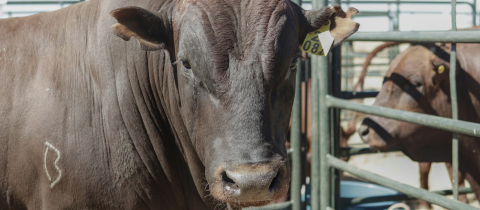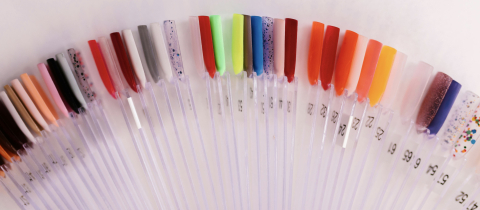This article was first published in The Montreal Gazette.
I am always a little bit in awe of people who have the ability to do their own home repairs or fix their own cars. A friend of mine recently told me that he was going to spend the summer fixing the roof on the farmhouse he has largely built and renovated himself over several years. This degree of do-it-yourself ingenuity is truly admirable. But there is one area where a DIY strategy is very dangerous. It is strongly recommended that you not try to make your own sunscreen.
Wearing sunscreen is probably one of the best cancer deterrents there is. We often forget how common skin cancer is. One in five adults will be diagnosed with some form of skin cancer in their lives, making it more common than all other cancer diagnoses combined. Fortunately, if caught early, it can be easily treated. It is also largely preventable.
However, getting people to avoid the sun and wear sunscreen has proven to be difficult. Despite the evidence showing that sunscreen prevents skin cancer and the wrinkles caused by photo aging,sunscreen use remains sub-optimal. Some of it is likely complacency, but some of it may be the concern that sunscreen chemicals may be dangerous.
Much has been made about a recent U.S. FDA funded study published in JAMA that showed that four common sunscreen ingredients are absorbed into the bloodstream. However, the point of the study was not so much to demonstrate harm (in fact, it explicitly stated that people should not stop using sunscreen), but rather to spur a change in how the United States regulates sunscreen products and to require manufacturers to perform safety studies on new products.
Still, despite assurances that sunscreen is more likely to prevent rather than cause cancer, fear about potential side effects is pushing some people to try to make their own. While there are many recipes out there on the internet, the usual ingredient list tends to be some mixture of coconut oil, shea butter, lavender, and/or beeswax. The rationale seems to have been that coconut oil provides some UV-blocking protection.
The problem is that when researchers reviewed posts for homemade sunscreen on Pinterest they found some troubling results. Nearly all these posts portrayed homemade sunscreen in a positive light, even though more than two-thirds provided inadequate sunscreen protection. Some offered protection as low as SPF 2, when recommendations are to use a sunscreen of at least SPF 30. Most posts highlighted how easy it was to make sunscreen while offering little information about the dangers of sunburns. Only 3 percent of posts linked back to a medical website. Despite these shortcomings, many posts were widely shared.
The authors titled their study “Pinterest Homemade Sunscreens: A Recipe for Sunburn.” Given the ineffectiveness of many of the recipes, this seems appropriate. With the rising rates of chemophobia, the fear of “chemicals,” the desire for “natural” and “home-made” products like sunscreen is understandable. But the assumption that homemade sunscreen is safer is fundamentally flawed. If anything, homemade sunscreen is more dangerous if its users forgo regular sunscreen and go basking in the sun without adequate protection.
It should go without saying that the internet is not generally a reliable source for medical information (though I hope this column is). Social media platforms like Pinterest can be a source for anti-vaccine messaging and unreliable health advice because it is essentially impossible to police the internet and ensure the scientific accuracy of its content. So if you are looking for a DIY project this summer, you might want to try building a bird house rather than trying to make your own sunscreen. Because no matter how much you mess up the bird house, it won’t give you cancer.
Want to comment on this article? View it here on our Facebook page!







